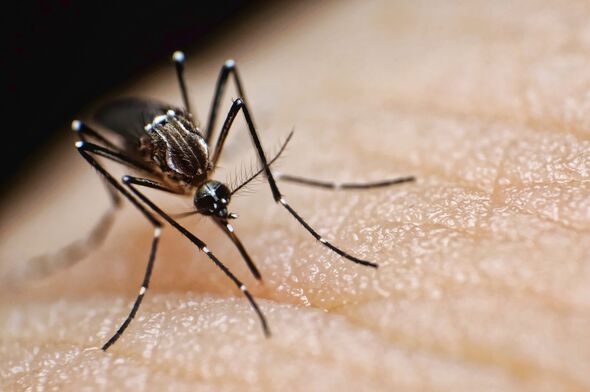
Brian Tora: FTSE flirts with all-time high
May 29, 2014
UK knocked off top spot: Germany is now Europe’s fastest growing economy
May 29, 2014Climate changeButterflies and dragonflies with a lighter shade of colour do better in warmer areas of Europe. This gives them a competitive advantage over the darker insects in the face of climate change. Changes in Europe’s insect assemblages due to warming can already be seen for dragonflies, shows a study recently published in Nature Communications.
“When studying biodiversity, we lack general rules about why certain species occur where they do. With this research we’ve been able to show that butterfly and dragonfly species across Europe are distributed according to their ability to regulate heat through their colour variation,” explains leading author Dirk Zeuss from Philipps-University Marburg in Germany.
Together with colleagues from the University of Copenhagen and Imperial College London, the scientists showed a clear pattern of light-coloured insects dominating the warmer south of Europe and darker insects dominating the cooler north. Furthermore, they showed that for dragonflies, the insect assemblage in Europe has on average gotten lighter during the last decades. A response the authors attribute to climate change.
Colour is of overriding importance for heat regulation
Insects, like lizards and snakes absorb energy from the sun to become mobile. The darker the colour they have, the more sunlight they can exploit. Therefore it makes sense to see darker insects in cooler climates. However, the researchers were surprised to find such a distinguished colour pattern between the northern and southern species, since the surface colours also serve many other purposes such as camouflage. This underlines the importance of heat regulation in insects.
“For two of the major groups of insects, we have now demonstrated a direct link between climate, insect colour and habitat preference,” says Carsten Rahbek, Director of the Center for Macroecology, Evolution and Climate at the University of Copenhagen and professor at Imperial College London.
He is co-author of the study that was carried out using digital image analysis of 473 different species of butterflies and dragonflies together with information on their habitat.
The study also indicates that darker insects will shift their distribution and possibly retreat from certain areas or on a smaller scale, find more shady conditions. Such responses have implications for conservation strategies.
Closer to an explanation
The past two decades scientists have observed that several Mediterranean dragonfly species, such as the Southern Migrant Hawker (Aeshna affinis), the Scarlet Darter (Crocothemis erythraea) and the Dainty Damselfly (Coenagrion scitulum), have expanded their northern range and immigrated e.g. to Germany.
Similarly, Mediterranean butterfly species like the Southern Small White (Pieris mannii) have dispersed to Germany during the last ten years and are still continuing their northward shift.
“Until now we could only watch the massive changes in the insect fauna during the last 20 years. Now we have an idea of what could be a strong cause of the changes,” says Stefan Brunzel, co-author from Philipps-University Marburg.



Andy Murray’s comment on Nadal and Federer sums up his feelings on Novak Djokovic
Read more